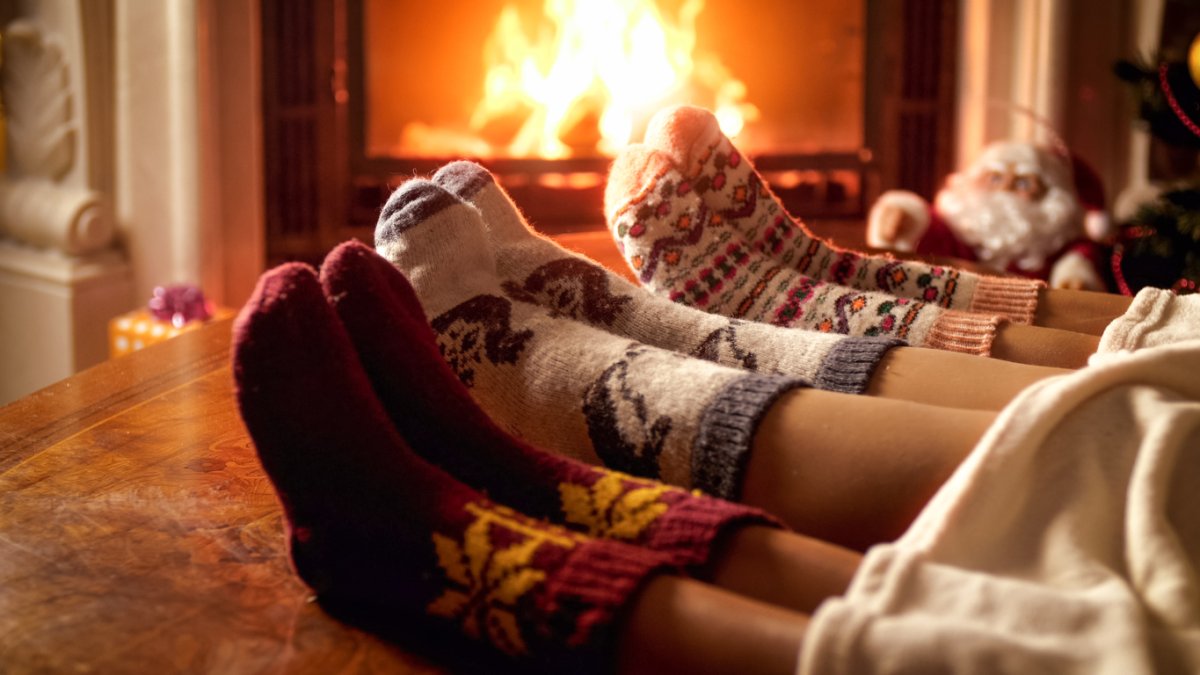We may earn revenue from the products available on this page and participate in affiliate programs. Learn More ›
One of the great pleasures of winter is snuggling up in front of the fireplace, enjoying the warmth and beauty of a crackling blaze. But before you touch match to kindling, make sure that your fireplace and chimney are in tip-top condition. Poor maintenance can affect the efficiency and lifespan of a fireplace, and can also lead to house fires, carbon monoxide poisoning, and other dangerous conditions. To keep your fireplace working smoothly and safely for years to come, follow these guidelines for getting it ready for the season.
1. Schedule an annual inspection.
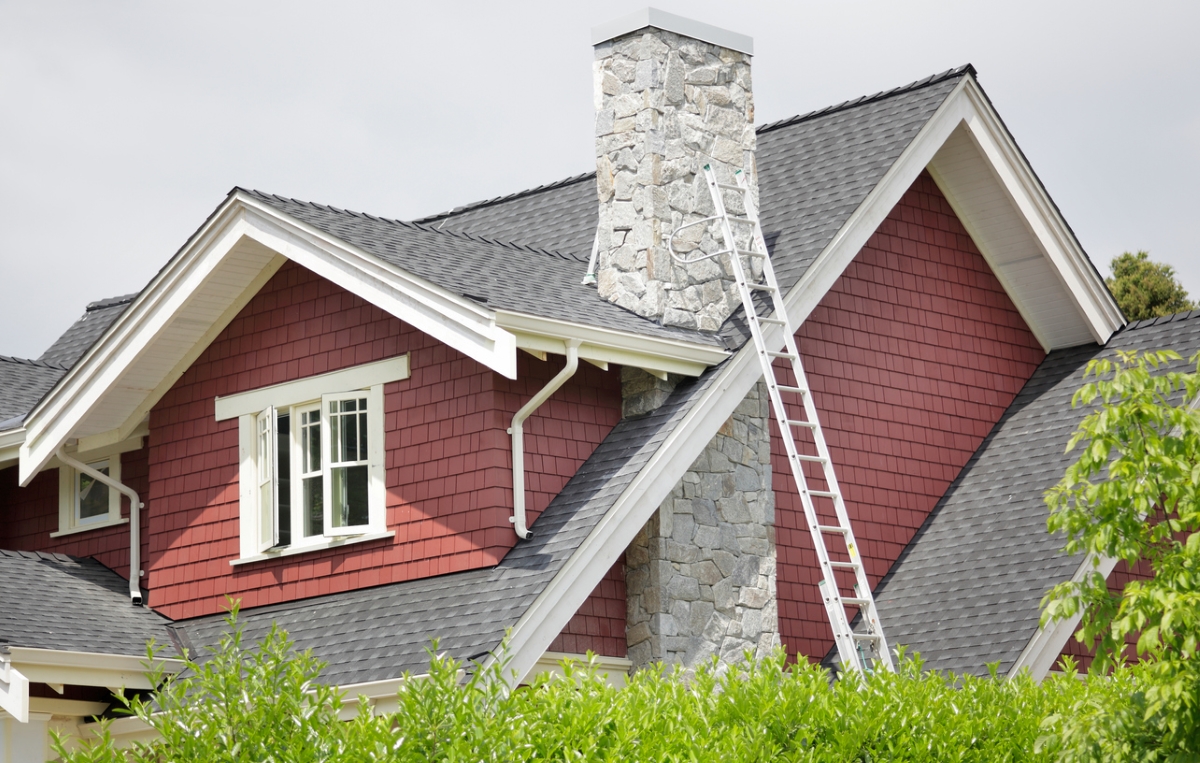
All chimneys should be inspected and cleaned by a chimney cleaning professional at least once a year, or about once every 80 fires. The chimney professional will examine easily accessible parts of the chimney, including the firebox and damper; check for damage to bricks or the flue liner; remove any blockages; and clean out accumulated soot and creosote, an oily and highly flammable byproduct of burning wood. In addition, a sweep or inspector can check the chimney cap and confirm that it’s in good condition.
RELATED: How to Clean a Chimney
2. Check for cracks and damaged bricks.
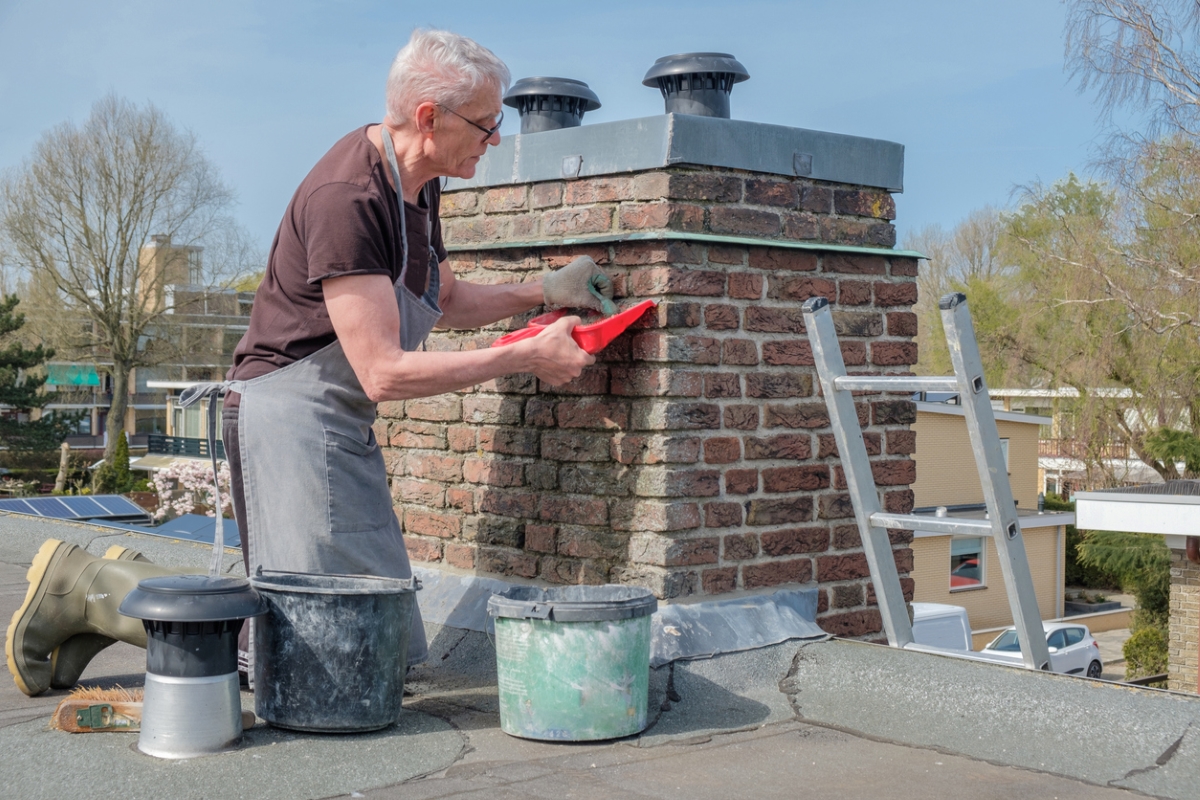
Along with ordering a professional inspection, fireplace owners should check often for cracks, loose joints, and defects of the firebricks inside the fireplace and on the floor of the hearth, and examine the exterior masonry for damage. Hire a professional mason to do any repairs. Never try to repair firebrick with regular mortar, as the mixture cannot stand up to high heat.
RELATED: Whatever You Do, Don’t Burn These 15 Things in Your Fireplace
3. Inspect the chimney cap and damper.
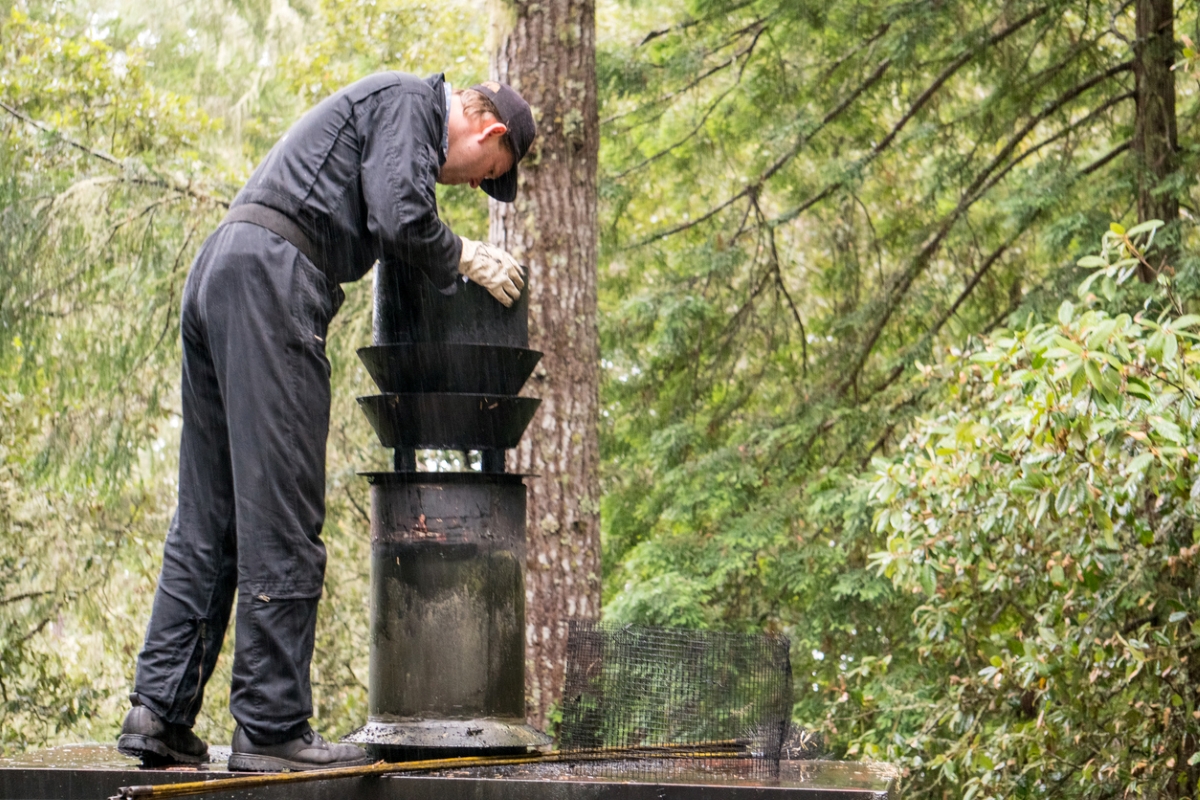
Check the damper to make sure there’s no debris preventing it from opening and closing. When it’s open, you should feel a little bit of air and you should see more light than you do when it’s closed (you may need a flashlight to check). If you’re comfortable venturing onto the roof, you might be able to check the chimney cap to make sure that it’s firmly attached, free of rust, and in good condition—otherwise, leave this to the pros.
To assess the cap, it may be possible to do a visual check from the ground with binoculars or from a window inside the house. The cap should have protective screening to prevent sparks from blowing out of the chimney and causing the roof or nearby leaves to catch fire, and keep birds, squirrels, bats, and other pests out of the chimney.
RELATED: 11 Mistakes You Should Never Make With Your Fireplace
4. Clear away tree limbs.
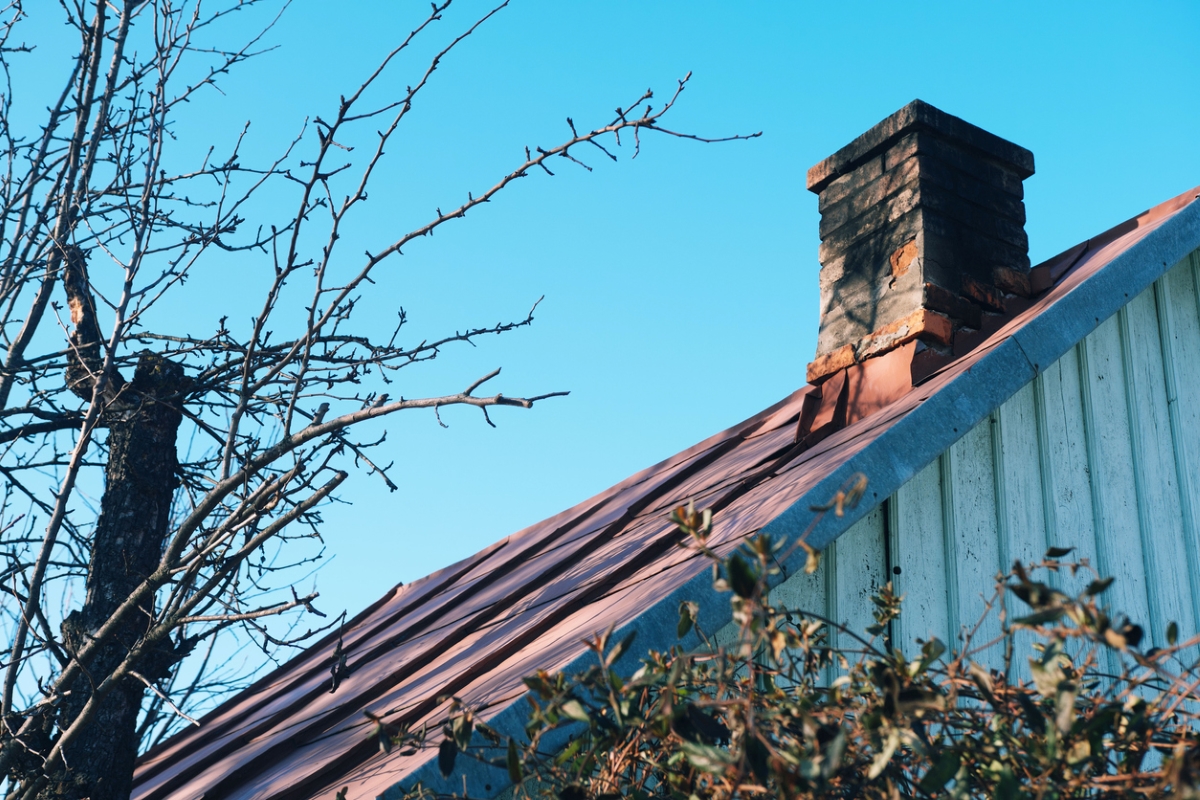
Prune any overhanging tree limbs that may be encroaching on the chimney, or call in a professional to take care of this for you. Not only do tree limbs present a fire hazard, they can also restrict the proper draft of the chimney and damage the cap.
RELATED: Solved! Why Your Fireplace Might Be Smoking Up the House
5. Clear out ashes.

Clean out the firebox once a week, or whenever ash is more than an inch deep. Coals can remain hot for up to 3 days, so confirm that the contents of the firebox are completely cold before you start. Sweep or vacuum up the cold ashes and dispose of them outside, or repurpose them. Wood ashes are handy in the garden, and in other household applications—don’t waste them.
RELATED: 20 Surprising Ways You Can Use Ashes From Your Fire Pit or Fireplace
6. Improve energy efficiency by installing heatproof glass.

Installing heatproof glass doors can improve the energy efficiency of your fireplace. They can also prevent sparks from escaping the fireplace and damaging the surrounding flooring. If your fireplace or wood-burning stove already has glass doors, clean them with a paper towel and a glass fireplace door cleaner that is specially formulated to tackle creosote and soot. The acid in vinegar is also effective at breaking down creosote and getting it off the glass.
7. Polish brass fireplace surrounds.
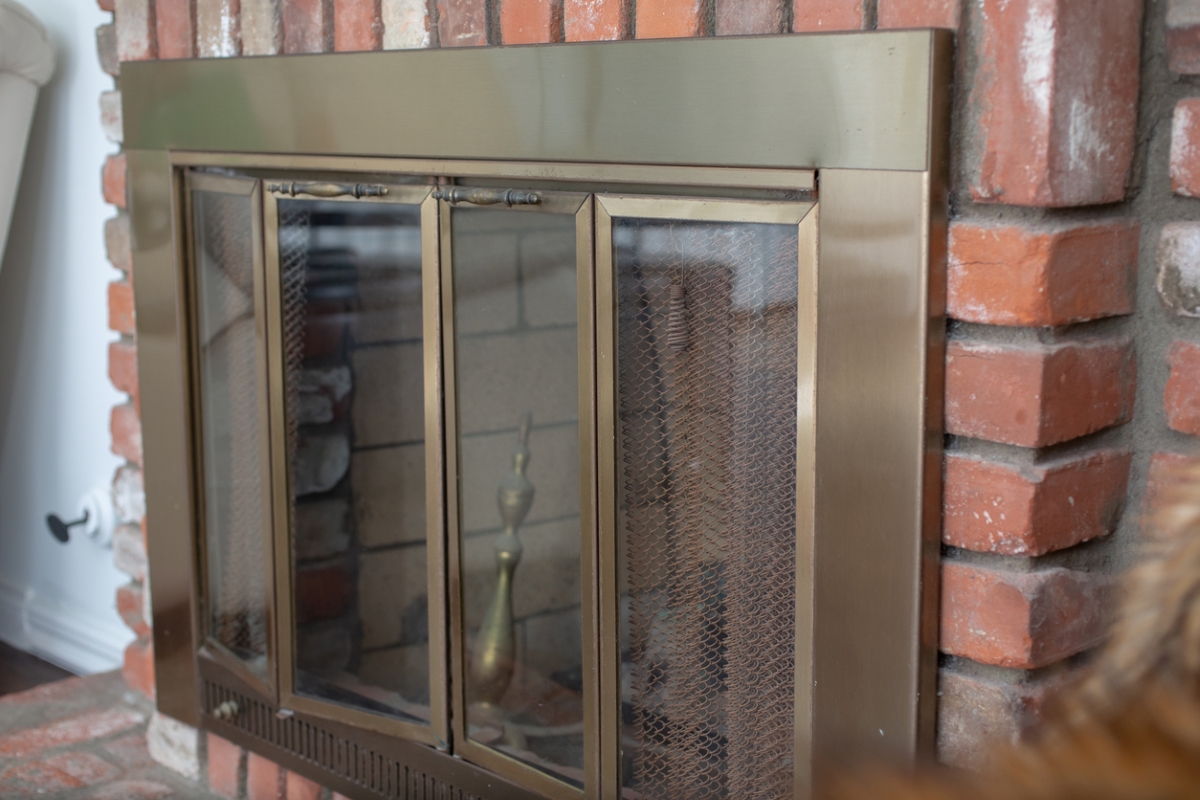
Clean a brass fireplace surround naturally by spreading a thin film of tomato paste, tomato sauce, or ketchup on it. Then, let it sit for an hour before cleaning the mixture off with hot, soapy water. Alternatively, you can use a good-quality commercial brass polish, like Hope’s Brass Polish, and a soft microfiber cloth. Avoid using highly abrasive scrubbing cloths, metal-bristle brushes, or steel wool.
RELATED: How to Clean Brass
8. Stock up on wood.
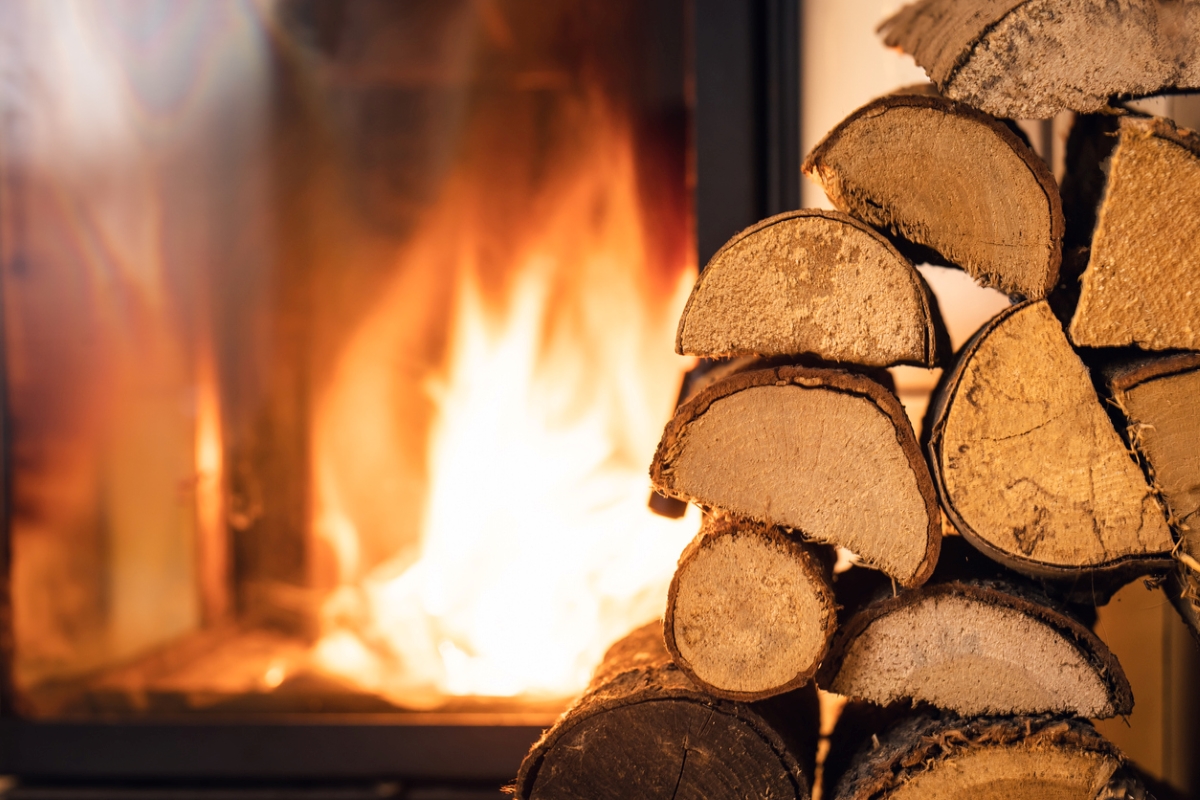
Be sure to opt for good-quality firewood, and store it away from the house to avoid attracting pests. The amount of wood you should buy depends on how you use your fireplace. You’ll just need the occasional bundle of wood (6 to 8 pieces) if you plan on snuggling in front of a fire for a few hours from time to time. For these occasional fires, you can also burn specially made fireplace logs; Duraflame is the best-known brand of this kind of log.
For more regular wood-burning stove or fireplace use, consider purchasing a face cord of wood (a 4-by-8-foot stack), which could last all season long. If you use your fireplace constantly or use it to supplement your home’s heat, you may need to buy wood by the cord (128 cubic feet). Never burn treated or painted wood, both of which produce dangerous fumes.
RELATED: Here’s Why You Shouldn’t Bring Your Own Firewood on Your Next Camping Trip
9. Give your gas fireplace a good going-over.
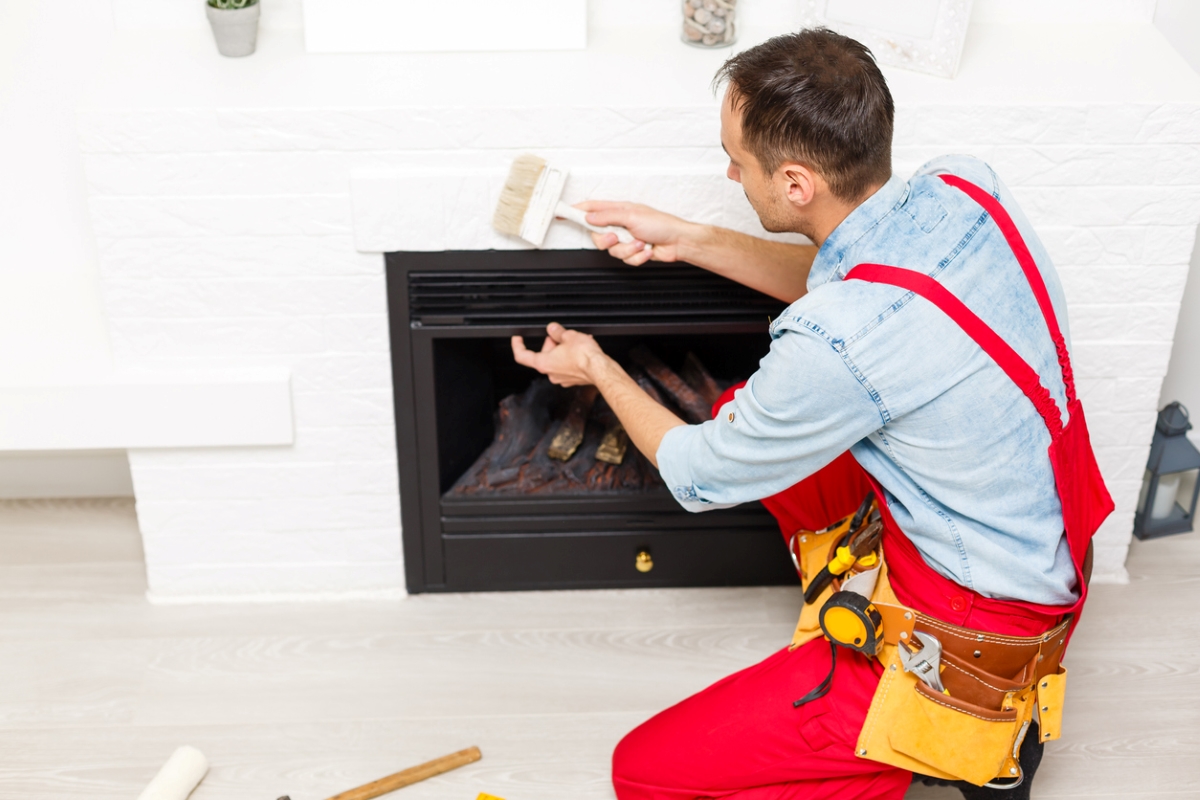
If you have a gas fireplace, it’s a good idea to review the maintenance and cleaning guidelines in the owner’s manual at the start of the season. Check any vents to make sure they’re clear; make sure the pilot light is on; then dust off the logs, liners, and burners and check them for cracks, replacing any damaged components. If you use your gas fireplace regularly, arrange for automatic fuel deliveries so your hearth never goes cold.
RELATED: Considering a Ventless Gas Fireplace? Here’s What You Need to Know
10. Check wires and batteries on your electric fireplace.
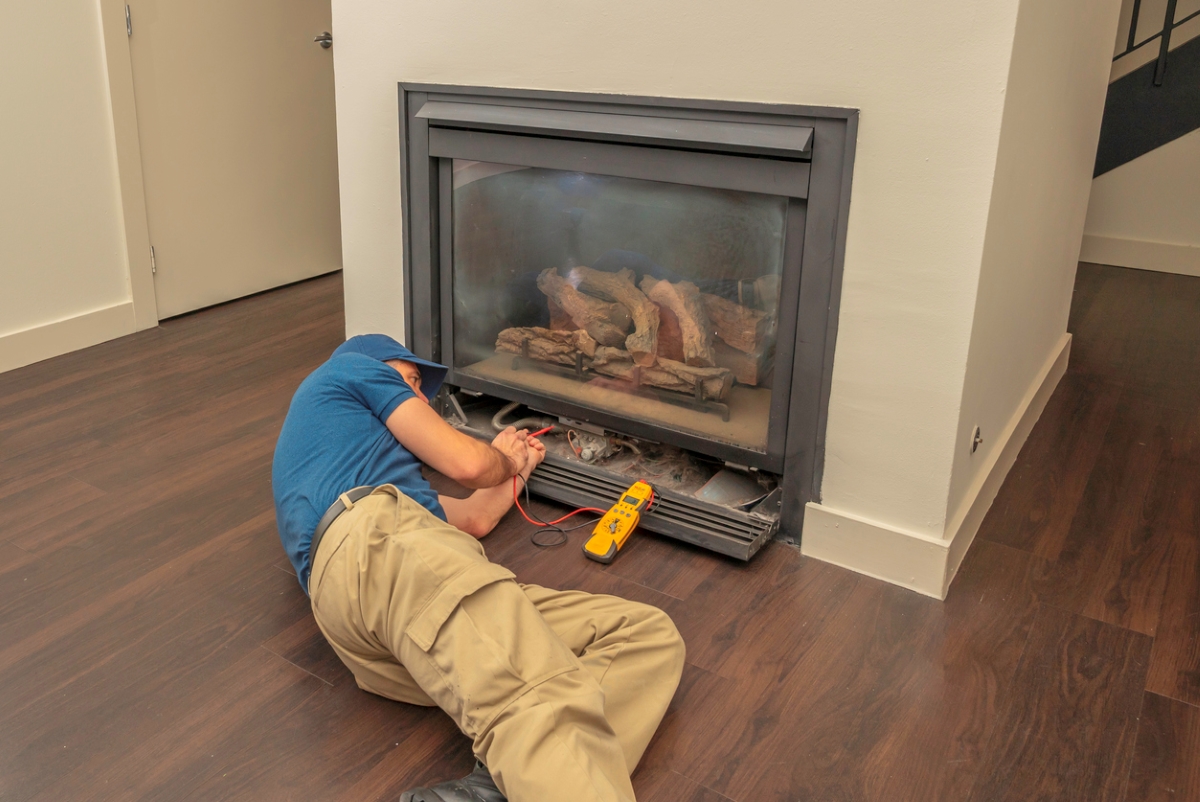
As with a gas fireplace, consult the owner’s manual before you start cleaning an electric fireplace. At a minimum, check all the wires to make sure none are frayed or broken, and make sure that all connectors are securely fastened. Be sure to dust the fireplace, inside and out, before you use it for the first time in the season and regularly thereafter. Finally, test out the remote: If the fireplace doesn’t start, you probably need to replace the batteries in the remote or the receiver.
11. Get your tools in order.
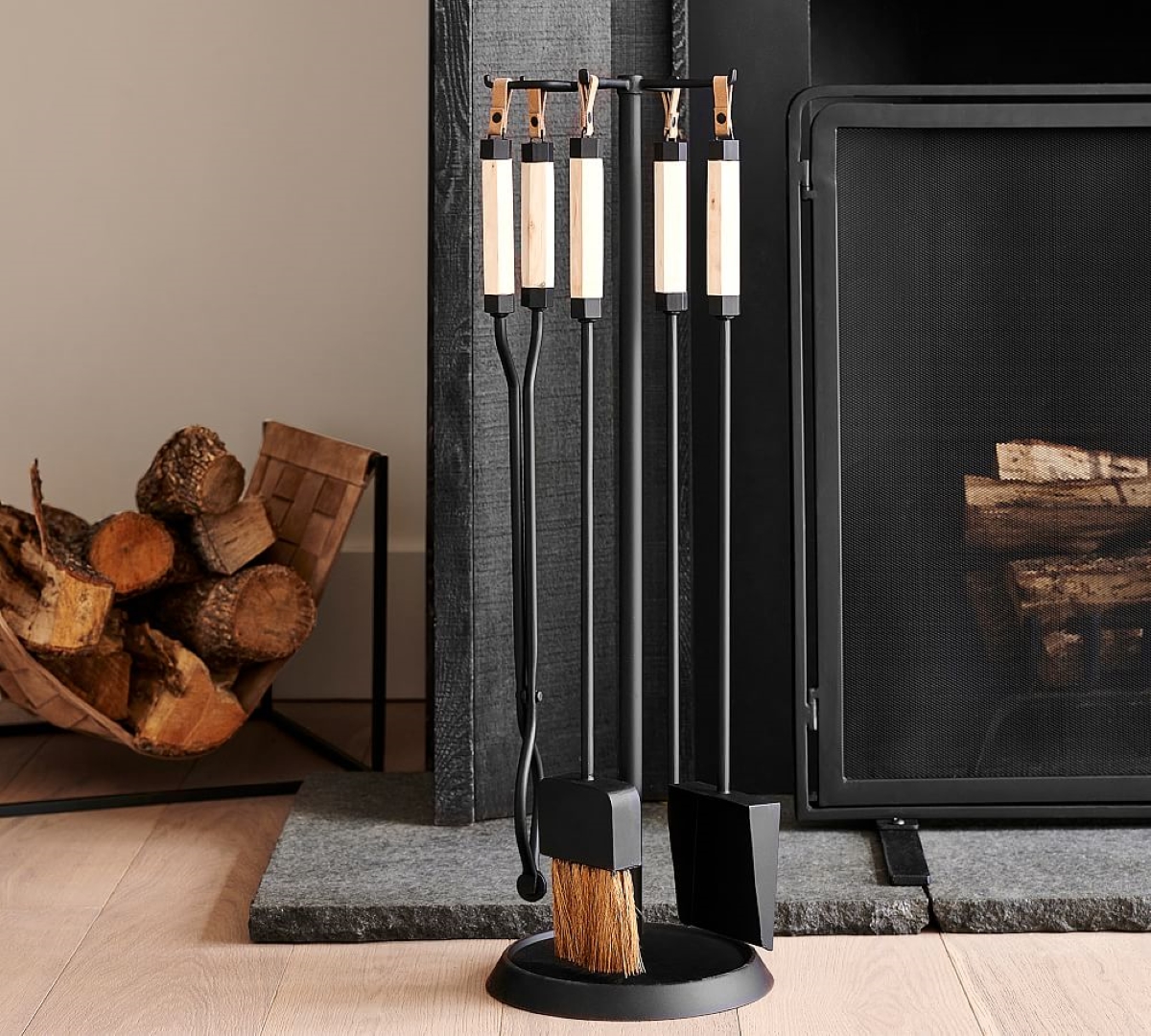
The typical fireplace tool set includes tongs, a poker, a brush, and a shovel, attractively arranged in a matching stand. If you already own a set, dust it off,, make sure the tools are in good condition, and tighten up any parts that screw together. If you’re in the market for new tools, opt for the sturdiest you can find. While sets are visually appealing—some high-end fireplace tools look like works of art, with price tags to match—you may be able to find stronger tools that are more comfortable to handle if you purchase them individually.
The tools, however, are just the beginning: If you have a wood-burning fireplace, make sure you have a sturdy fireplace grate to hold the logs. A grate protects the fireplace floor from the heat of the fire, allows air to circulate around the logs, and helps the fire burn safely and effectively. Fireplace gloves are useful for avoiding splinters from firewood and protecting hands from the heat.
Store fireplace matches or an extra-long rechargeable lighter nearby so you don’t have to go searching for them when you’re trying to start a fire. Finally, always keep a fire extinguisher on hand for emergencies, and be sure to check it annually.

